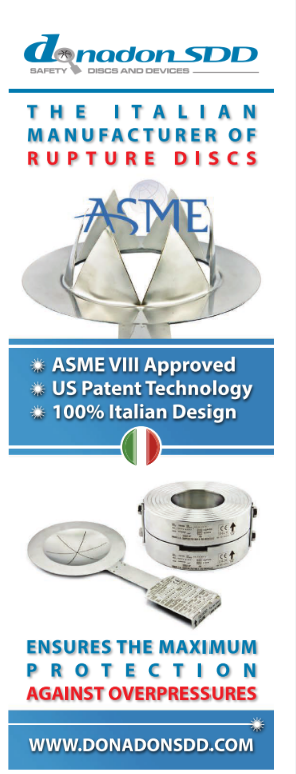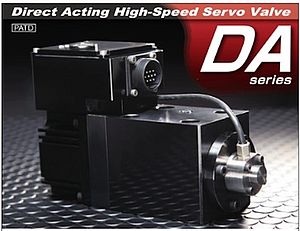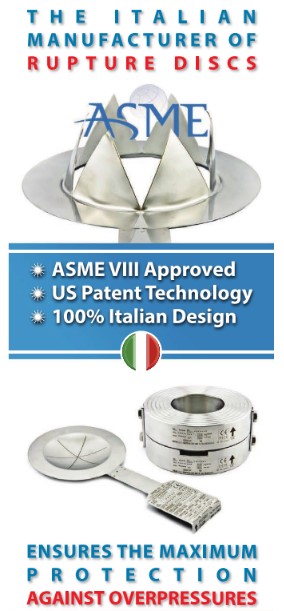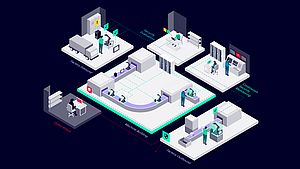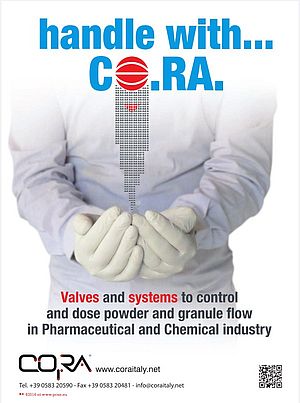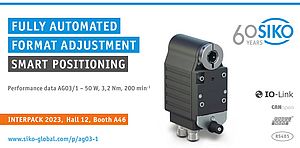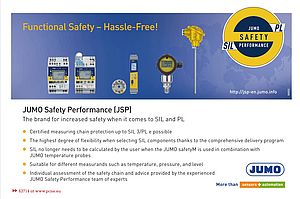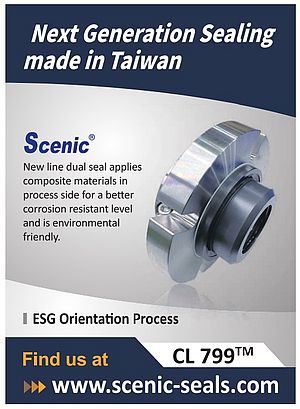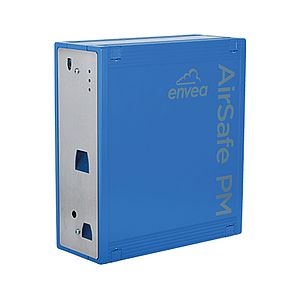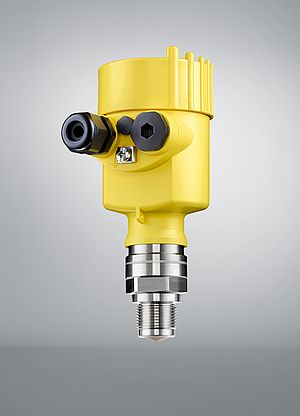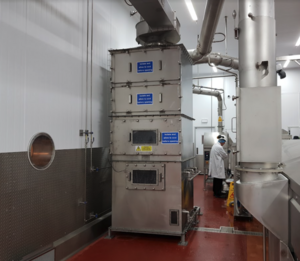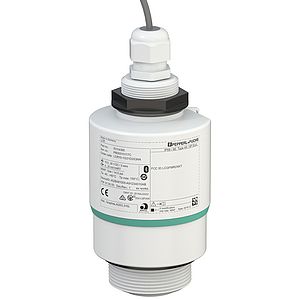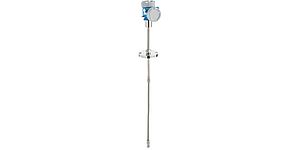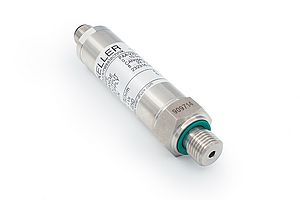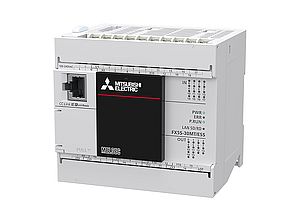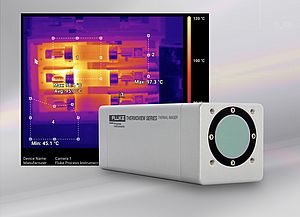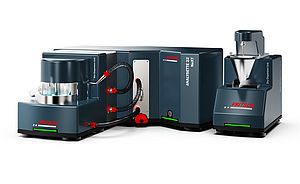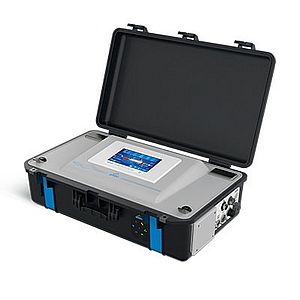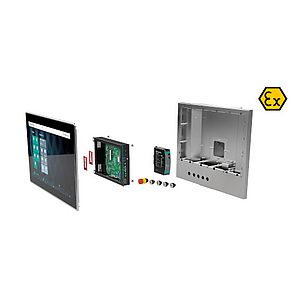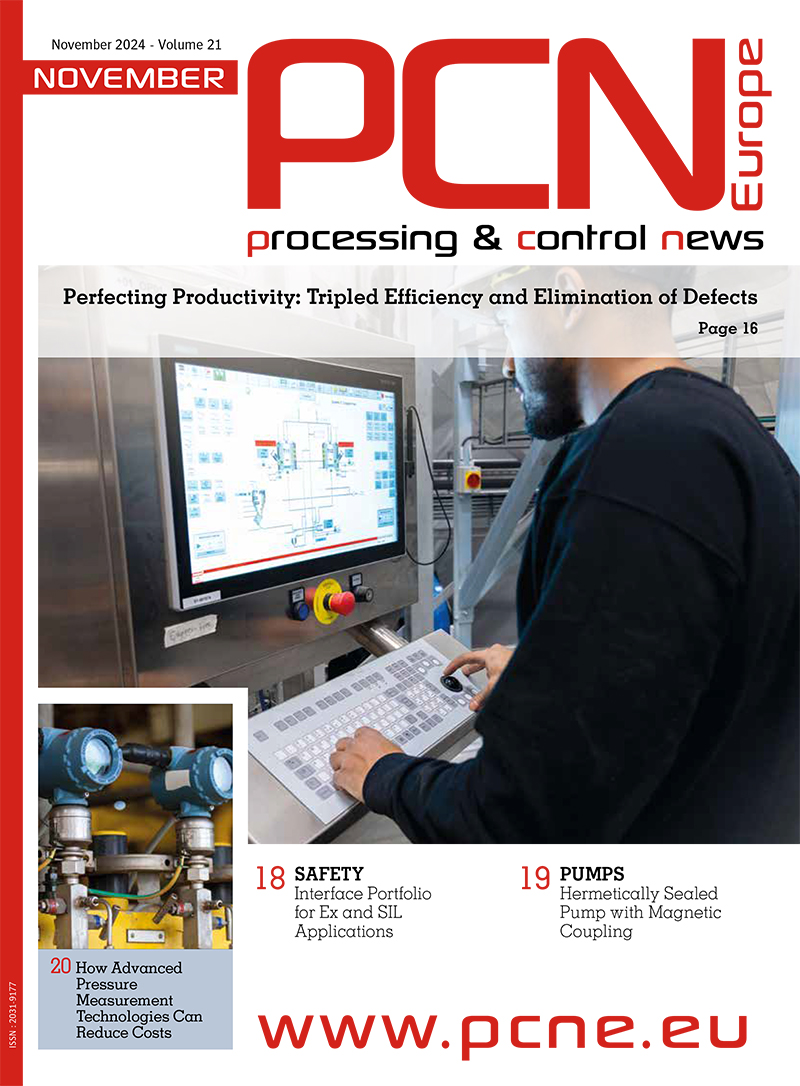Safety systems have become a critical part of the process industry because most end users are moving towards an automated phase. As automation in the process increases, companies would focus on strong safety systems to prevent any adverse occurrences. A Strategic Analysis of the European Process Safety Market by Frost & Sullivan, finds that the market earned revenues of €340 million in 2010 and estimates this to reach €468 million in 2016. In this research, expert analysts thoroughly examine the following end-user sectors: oil and gas, chemicals and petrochemicals, refining, pharmaceuticals, power and others (pulp and paper, metals and mining, water and wastewater management industries). Manufacturers need to maintain continuous production to meet ever-increasing consumer demands. In order to prevent plant breakdowns, end users prefer integrated safety solutions, which prevent the breakdown of controls as well as their processes. Suppliers of safety systems have introduced custom-made solutions that integrate plant controls and safety functions, thereby reducing the interference of humans. As a result, the potential for human-enforced errors is greatly reduced. “End users are facing intensifying pressure from regulatory bodies to comply with strict safety issues,” notes Frost & Sullivan Research Analyst Katarzyna Owczarczyk. “Many end-user organisations have to meet safety regulations to provide safer working environments. The increased awareness of health and safety regulations is propelling the growth of the safety systems market.” Moreover, with increasing plant assets being deployed across various regions, there needs to be control from one focal point to monitor and to make quick decisions. Implementation of separate layers of protection and provision of proper maintenance over a period of time will be the key to the emergence of new markets. The cost of a system has always been a critical factor as it can change the purchase dynamics. The higher cost remains a challenge for the safety systems manufacturers who have been trying to inform the end users about the cost-benefit analysis of the Safety Instrumented System SIS in comparison to conventional forms of safety. The safety system manufacturers have taken a number of initiatives to help the end user understand the benefits of SIS usage. The various benefits experienced by the end user by using state-of-the-art SIS include, lower cost of maintenance, which contributes to a lesser cost of ownership, and a lowered number of plant shutdowns, hence, reduced process downtimes. “All these benefits contribute to faster return on investment,” concludes Owczarczyk. “The initiatives taken by manufacturer are impacting the end-user acceptance of the SIS, which is clearly reflected by the double digit growth rates of the market. Edited by Constanze Schmitz















